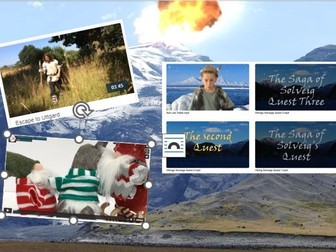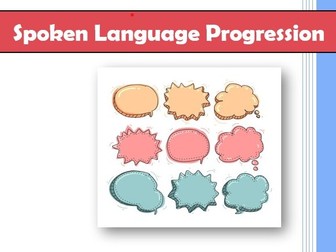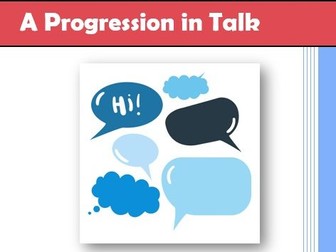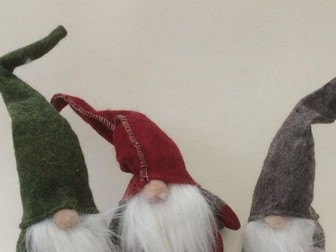
Fire and Ice Winter Themed Resources
A range of winter themed resources for EYFS (links with the Tomtes (Gonks) video clips on Vimeo), KS1 The Ash Lad, KS2 Quests and sagas.
Vimeo links to all the clips on Vimeo which can be downloaded.
EYFS / KS1
Tomte Tales, Tomtes and the Sledge
How to make a Tomte - instructions
KS1 - The Ash Lad, The Mastermaid (traditional Nordic tales)
KS2 Notes for video and guidance for Solveig’s Quests (3 of them) - to support narrative retelling and writing
Solveig’s Quest – transcript and plan
Solveig’s Quest – photo resources
Text features - Myths and Legends
Stories: The Tale of The Ash Lad (Askeladden) and the Troll
The Mastermaid
Notes for video – KS2
Brynolf’s Quest (Escape to Uttgard) - KS2 story writing
Runes
In the Shadow of the Fire Mountain - drama outline for improvisation, developing a community, exploring scenarios
Character profile sheets - to support drama, character and writing




